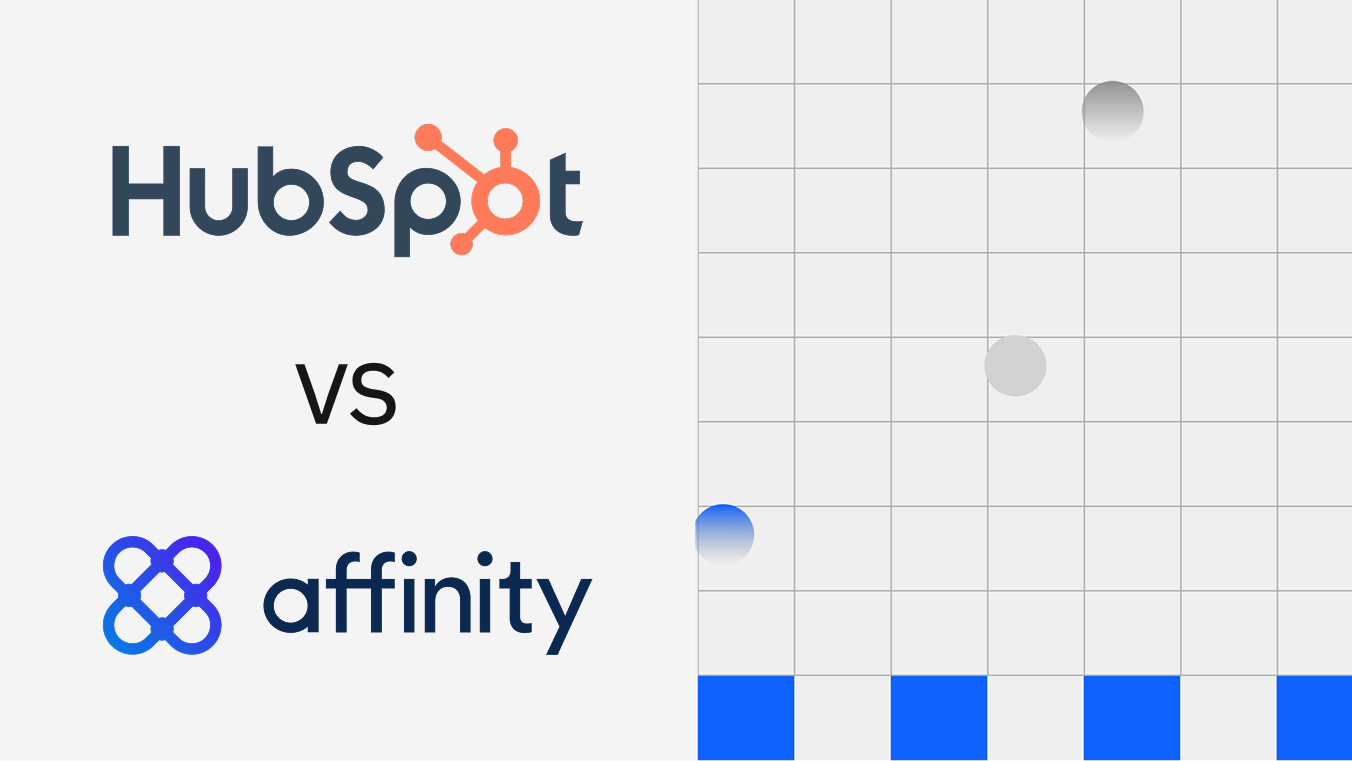

HubSpot vs Affinity CRM in 2025: explore automation, relationship intelligence, and data sync capabilities. HubSpot leads in marketing automation and scalability, while Affinity focuses on network intelligence and relationship-driven deal tracking. Find out which CRM best suits your workflows and how to unify them with real-time sync.
HubSpot and Affinity take different approaches to CRM. HubSpot focuses on inbound marketing and sales automation, while Affinity uses AI-powered relationship intelligence to manage deal flow and networks. Comparing them helps determine whether your team needs marketing automation (HubSpot) or relationship-centric pipeline visibility (Affinity CRM).
HubSpot CRM is an all-in-one solution for marketing, sales, and customer service. It enables lead generation, nurturing, and reporting with a clean, intuitive interface. Its modular structure (Marketing, Sales, Service, and Operations hubs) makes it ideal for SMBs and mid-market companies. HubSpot’s free tier makes adoption fast, with scalable plans as teams grow.
Affinity CRM specializes in relationship intelligence and network management. Designed for venture capital, private equity, and relationship-based businesses, it automatically captures interactions from emails, calendars, and contacts to map and score relationships. Affinity’s AI-driven insights help teams identify warm introductions, manage deal flow, and strengthen client connections.
HubSpot is built for marketing-led organizations that need scalability and cross-department alignment.
Affinity focuses on leveraging relationships and AI to manage high-value deals and introductions.
